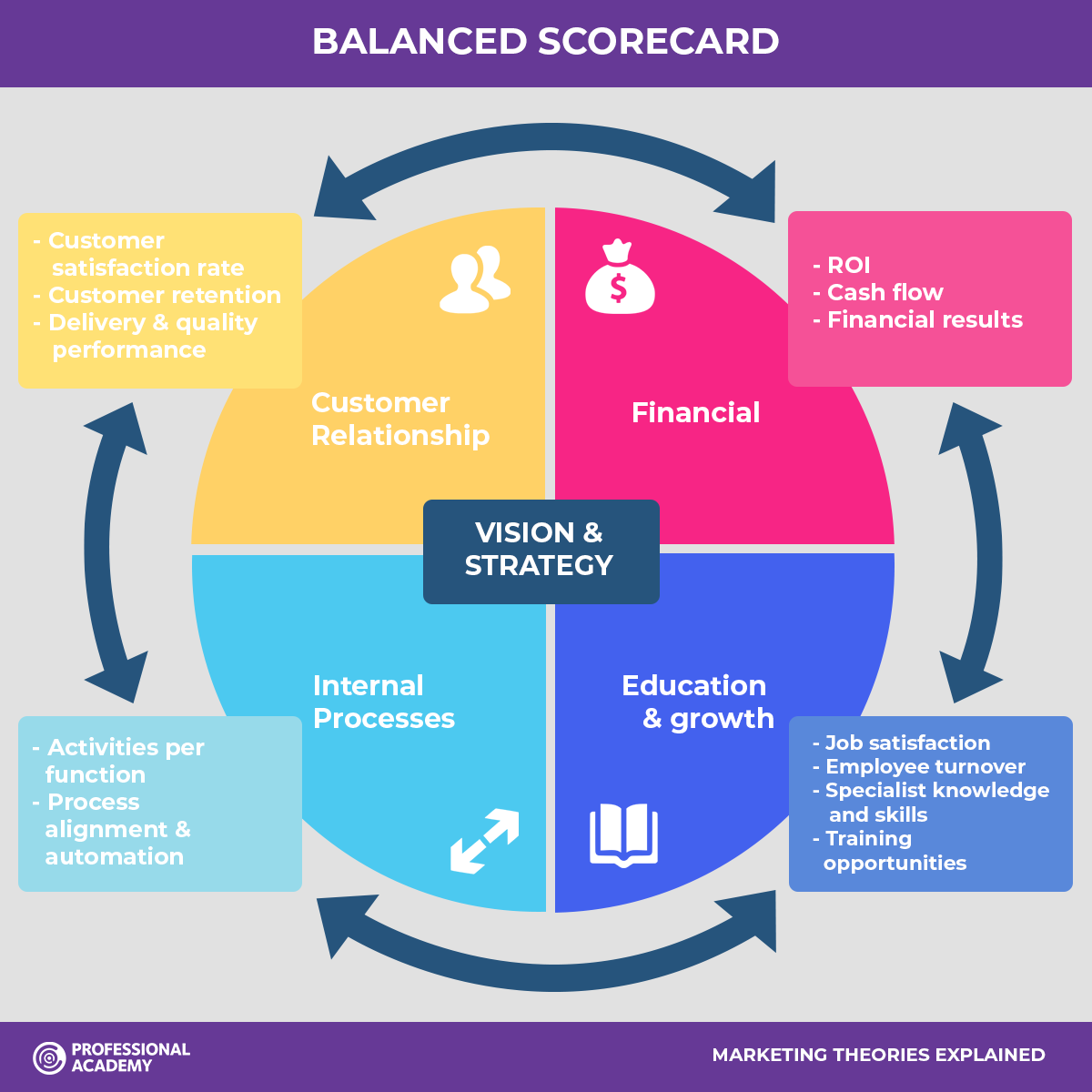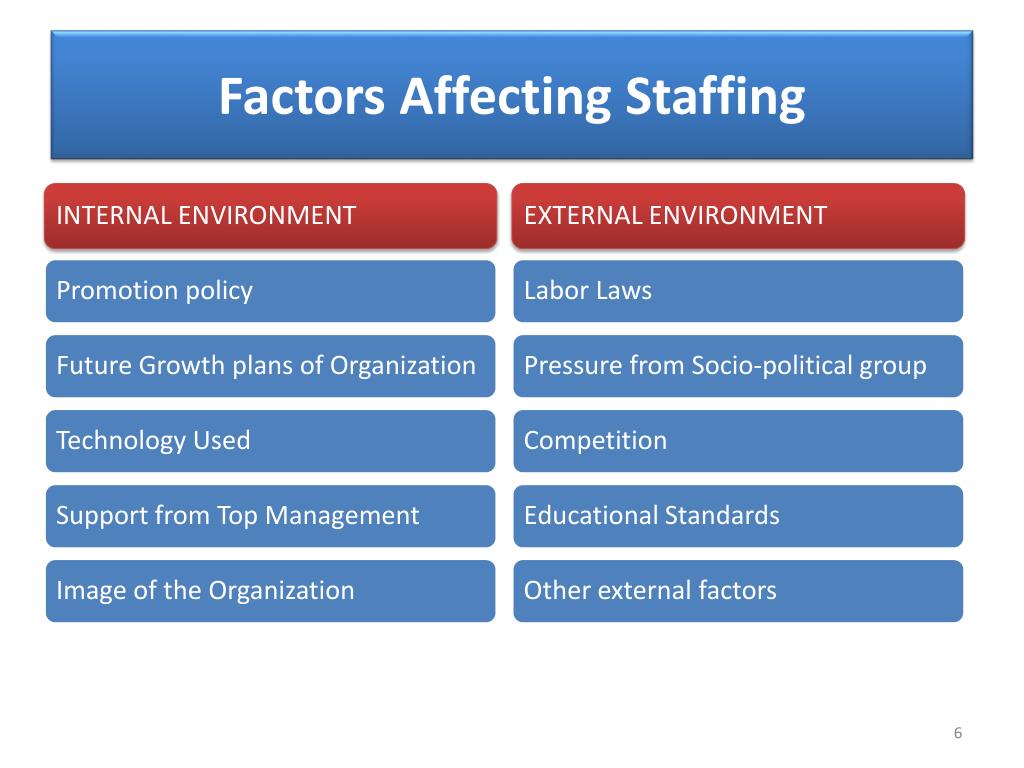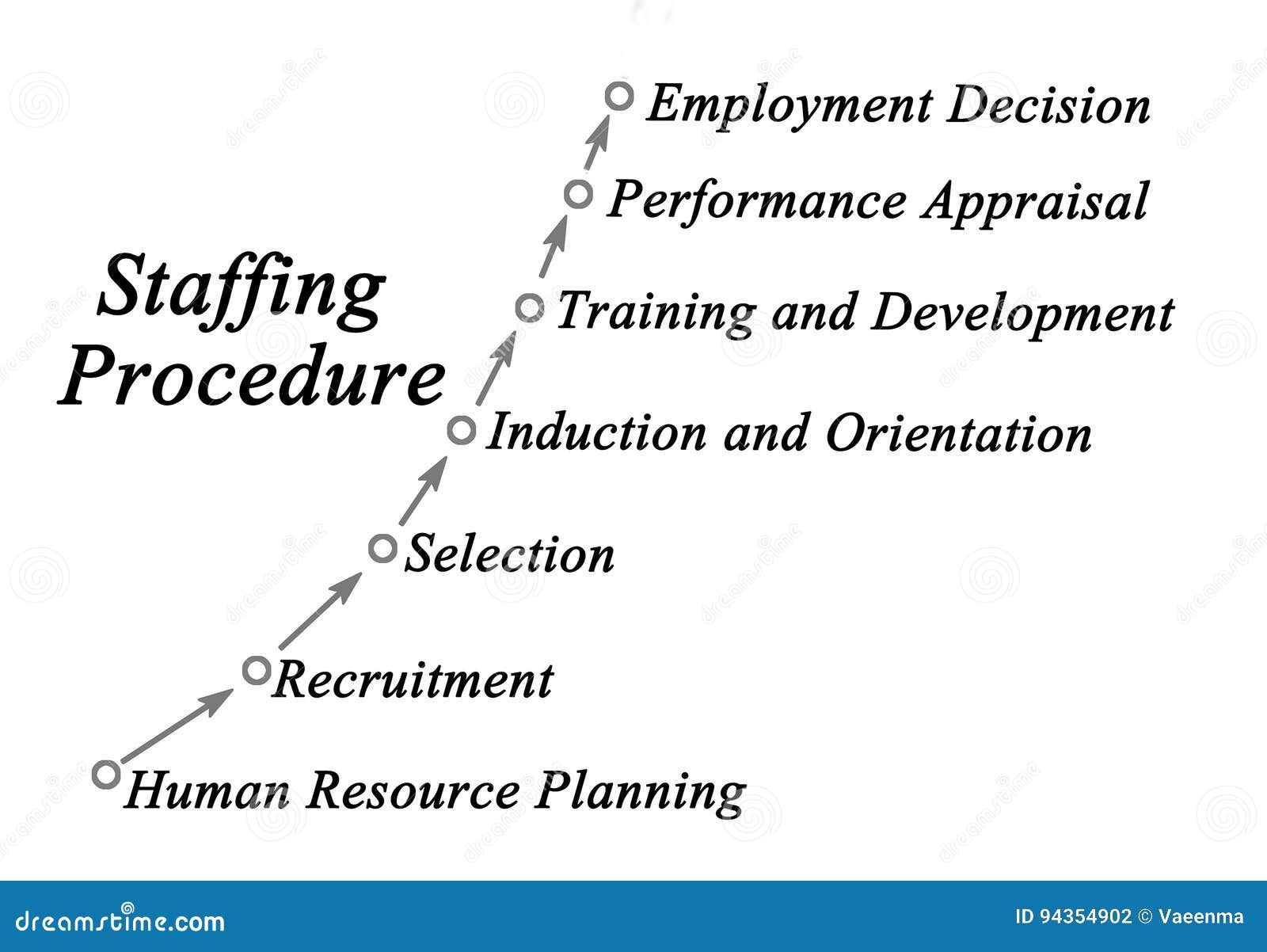Session-35
13 Jan 2022
The session was about various theories like Maslow's need hierarchy theory, Alderfer's ERG theory, Expectancy Theory, Herzberg's Motivator- Hygiene Theory, Edwin Locke's Goal-Setting Theory, Equity Theory, Reinforcement Theory of Motivation,
Maslow believed that people are motivated by 5 basic needs-physiological, safety, love, esteem, and self-actualization. A person can't move to a higher level of need without fulfilling the lower one, and only a higher level need can motivate a person to perform better.

According to the ERG theory, there are 3 groups of core needs- Existence (E), Relatedness (R) and Growth (G). According to Alderfer if one category of needs is not fulfilled, people will increase their efforts to fulfil that need.
Herzberg's hygiene-motivation theory is derived from the outcomes of several investigations into job satisfaction and job dissatisfaction. He divided organizational factors into hygiene factors and motivation factors. The theory proposes that the factors contributing to job satisfaction are motivators and the factors contributing to job dissatisfaction are hygiene elements. Hygiene factors do not themselves increase job satisfaction but it prevents job dissatisfaction. These include- company policy and administration, supervision, working relationships, and status and security. Motivators include achievement, recognition, the satisfaction of the work itself, responsibility and opportunities for advancement and growth.

Expectancy theory was given by Victor Vroom in 1964. It stressed on productivity or outcome rather than needs. It means that an employee’s motivation is an outcome of how much an individual wants a reward (valence), the assessment that the likelihood that the effort will lead to expected performance (expectancy) and the belief that the performance will lead to reward (Instrumentality)

The essence of the Goal-Setting Theory of Motivation is that setting goals would lead to higher performance. Giving challenging goals along with proper feedback helps in improving task performance.

Equity Theory was proposed by John Stacey Adams in 1963. It indicates that people will judge both the rewards and the outputs to determine whether not they are being treated fairly within the workplace or not.



















